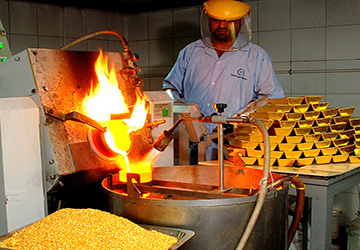GOLD and other precious metals trade like SILVER and COPPER
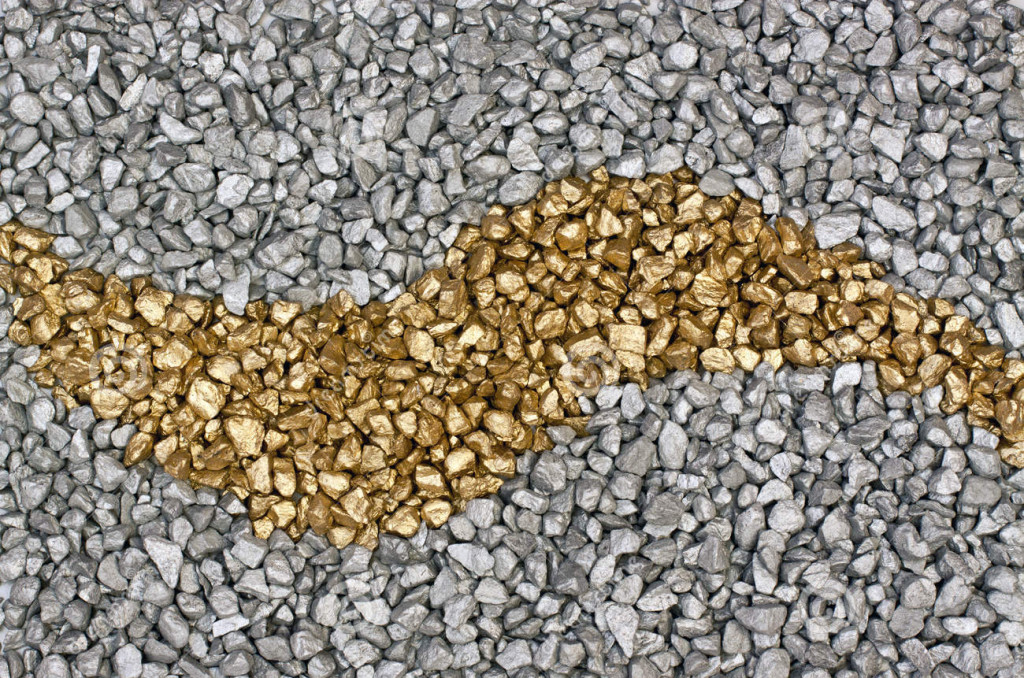
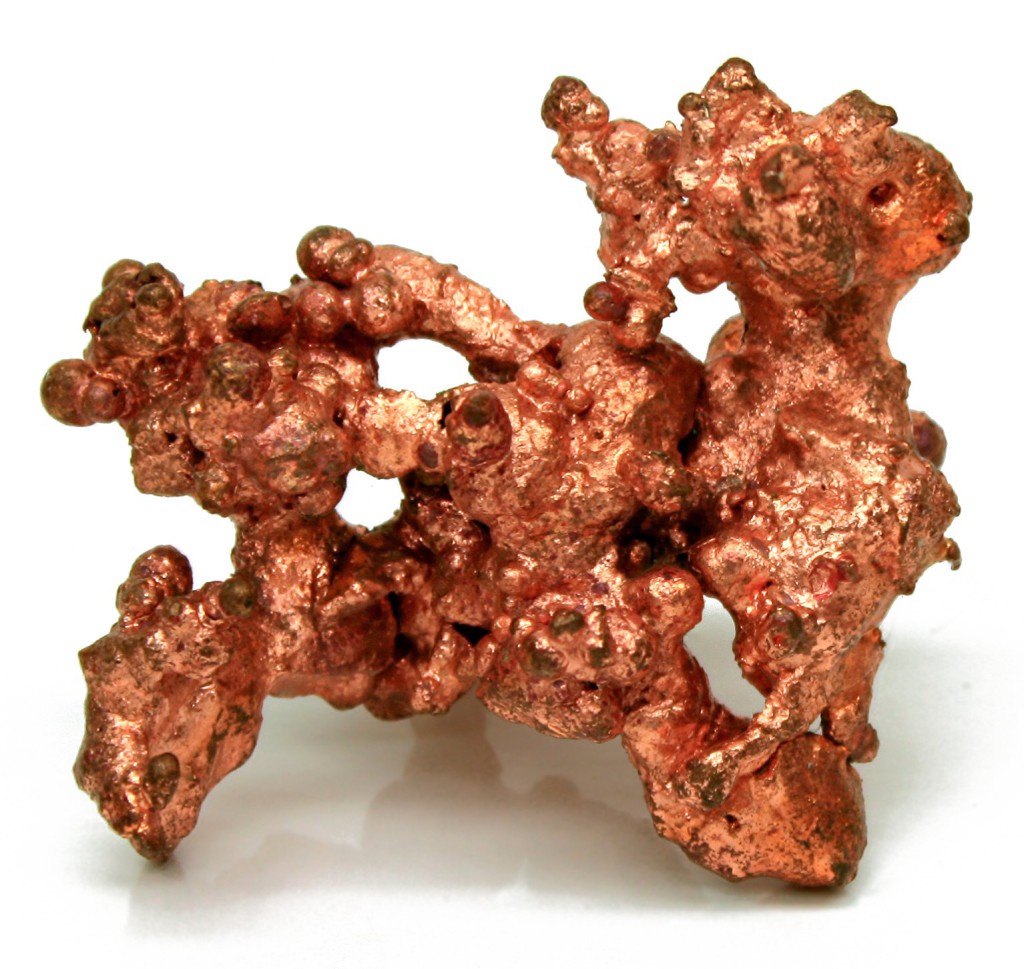
GOLD :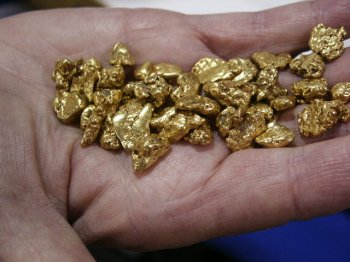
Most of the gold in the world is produced by a small number of countries: Peru, Ghana, China, South Africa, the United States, Australia, Russia, Canada, Indonesia.
Gold mines produce rough gold, called a dore bar.
These bars are typically about 80 percent pure gold.
The gold is then sent to a refinery,with the help of our experienced staff at Solaxis located in Peru,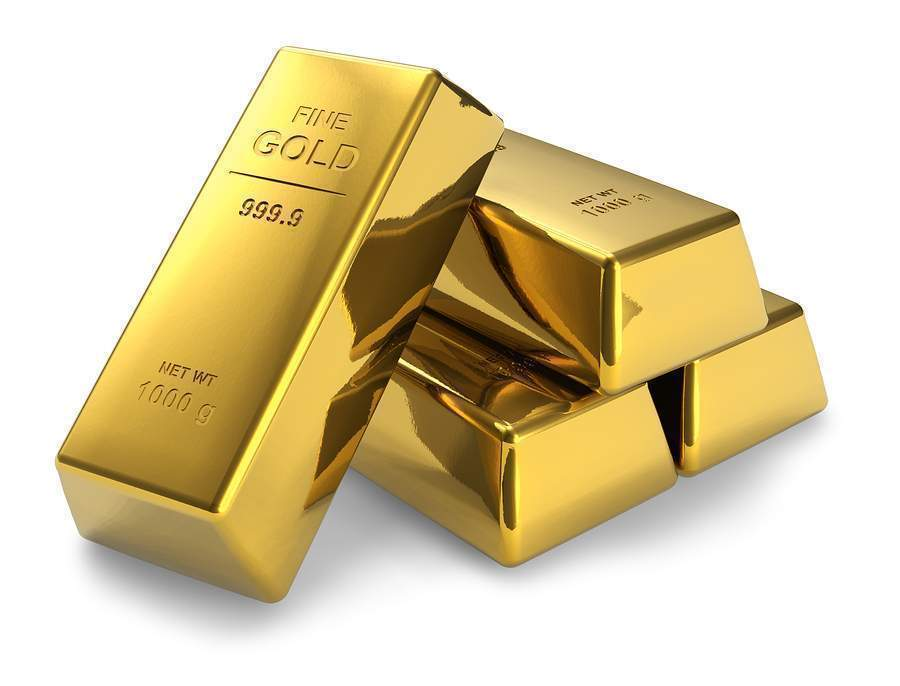
South Africa and Ghana, where it is refined into gold of different forms and purity.
Perhaps the most widely produced gold bars are the London Good Delivery bars. Under rules established by the London Bullion Market Association, LBMA, these bars — the gold standard of the gold world — must be at least 99.5 percent pure gold, weigh between 350 and 430 ounces (most weigh about 400 ounces), and be stamped with a unique serial number, the fineness, and the seal of the refiner.
Who can make these bars?
Only refiners approved by the LBMA. They have to maintain excellent laboratory and production facilities, and there is a proactive monitoring of these refineries on the good delivery list. These are usually the only bars that are used for vaulting and storing purposes by bullion banks.
Up until this point, the gold will likely be owned by the mining company (in some cases a gold bullion bank may finance the mine’s activities as well). Once the gold is refined, ownership is often transferred to gold bullion banks.
What happens from there?
Depending on where the gold is mined, it will typically be flown by plane to a bank vault in another country: Free zones in Europe, the U.S., the U.K., Dubai, India, China, Australia, anywhere gold may be needed.
The role of bullion banks.
Bullion banks are the middleman of the gold world. Solaxis deals with the miners that produce gold, but they might not produce it at the same time that consumers want to buy the metal.
So the banks play a sort of clearing role: when producers want to sell, they can sell to the bank.
When consumers want to buy, they can buy from the bank.
In a sense, a bullion bank does many of the things that a traditional bank does. They provide services to the entire wholesale gold industry: big miners, big consumers such as the jewellery and industrial businesses, central banks, and major investors like ETFs. They supply huge amounts of wholesale metal to the primary consumer markets: China, India, the Middle East, Turkey, Europe and any part of the world.
They provide, for example, financing and delivery of the physical metal. So if an Indian manufacturer is making a product in, say, Turkey or Switzerland, gold bullion banks can advance the metal in those locations for them. Solaxis is the main facilitator
The bullion banks provide many different types of trading services as well: spot trading, forwards, options, vaulting, etc.
Setting the price for gold.
The price of gold is determined by supply and demand. There isn’t one gold market; there are many.
The most important include:
• The primary over-the-counter market, OTC, where the “spot” or cash price of gold is determined,
is in London, but there are also OTC markets in New York, Dubai, and even in Turkey. Much of the trading in gold occurs in the over-the-counter market on gold trading desks around the world.
What do these desks do?
They facilitate trading. They trade gold on behalf of their clients (miners, central banks, ETFs,
jewelry and industrial manufacturers, etc.) and in some cases trade for their own accounts.
Some clients also want to borrow or lend the physical metal.
• The gold futures market, the largest of which is in the United States;
• The London fix, which is the primary benchmark price for gold. The purpose of the fixing is to provide a tradable benchmark price.
How the London fix works:
There are two daily “fixings”, a fix at 10:30 in the morning, and a PM fix at 3 o’clock in the afternoon. The fixing is actually a company, called the London Gold Fixing Limited, and the 5 members of the fixing are HSBC, Deutsche Bank, Barclay’s, Societe Generaleand ScotiaMocatta. There is a chairman, and each one of the fixing members has a line to other dealers.
Think of it like a pyramid structure: the chairman nominates a price, and the five members pass this information down to their clients, who pass it to other interested parties.
So, for example, a customer could tell one of the fixing members, “I’d like to buy 10 bars at this price, but I won’t buy 10 bars at this price; or I’d like to sell 10 bars or 20 bars at this price.” So at every point of the fixing process, until the chairman declares the price is fixed, all of the customers down that pyramid have an opportunity to do a transaction.
Eventually each one of the five fixing members declares his interest as either buyer, seller, or no interest. When the members reach a point where there is some equilibrium between buyers and sellers, the chairman will then ask each member to declare the number of bars they want to sell or buy based on the buying and selling interest of their clients, and the chairman will declare the price “fixed.”
From fixing to the consumer
Why have a fixing at all?
It provides a tradable benchmark price. Where gold is part of a portfolio, you need to have a way to value those assets.
The fixing is a price at which buyers and sellers are matched at a particular time of day, and because it’s open, transparent and tradable it represents a very credible benchmark price.
There are lots of different gold prices around the world, so why doesn’t gold trade at wildly different prices? Because arbitrageurs (often on gold trading desks) step in to buy gold in one place, and sell it in another.
How does it get to the consumer?
While much of the gold supply is vaulted (held for investors like ETFs, or central banks), about half of the world’s gold ends up as jewellery.
Let’s take the example of India, the largest consumer of gold in the world. A wholesaler in the India market would typically be a bank. They will have a relationship with a bullion bank and say, for example, “I would like 2 tons of one-kilo gold bars at a 99.5 purity level.” The bullion bank, if they have that size and purity of gold, can forward it to the Indian bank. If they do not have that type of gold immediately available, but in another form (different size bars, or different purity level), they can forward the gold they have to a refinery who is capable of refining the gold to the specifications the bank requires, and then ship it out from the refinery to the bank in India. The bank will then typically forward the gold (often on consignment) to a major jewellery manufacturer. Much of the gold used for jewellery is leased. Users borrow gold to avoid the risk that gold prices may move against them. They pay a fee to borrow the gold and the title remains with the bank. Ownership is transferred when a final product is manufactured.

